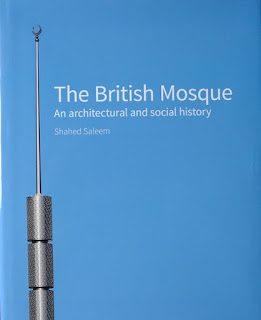Bridgwater, Somerset

About time The other day someone asked me if I was on Instagram. I had to admit that I was not. I’d tried Twitter and thought about Instagram, but blogging seemed to be the platform for me. But the question suggested to me that perhaps it was about time I was on Instagram, and prompted me to have another go. I now have an Instagram account, @philipbuildings . It will not be a torrent of images, but my initial plan is to post more often than I blog, and offer a selection of things I’ve seen, mostly but not exclusively architectural. I’ll probably include more pictures of places and buildings near where I live – I have done blog posts about quite a few local buildings over the years, but as my blog is called English Buildings , I try not to have to much of a local bias. This is not meant to replace blogging for me. For now at least, I intend to carry on here in my usual way. But do have a look at my Instagram and feel free to follow, like, and share. The clock in the picture, by the way,...









